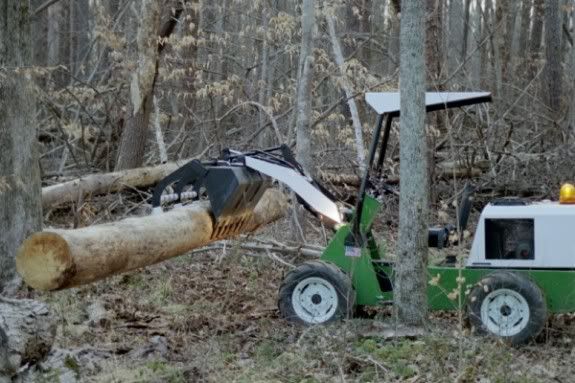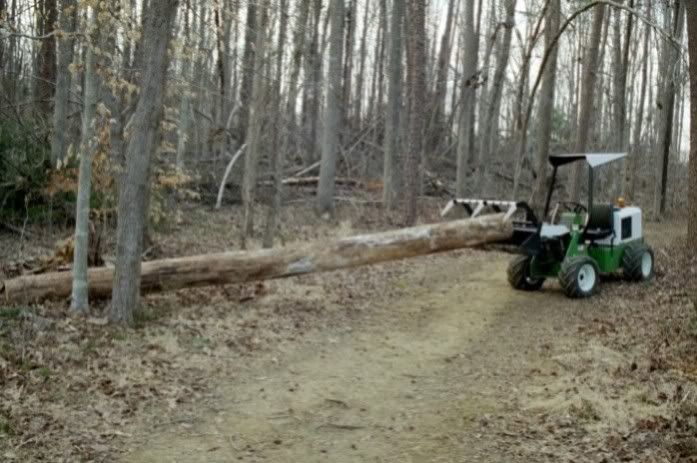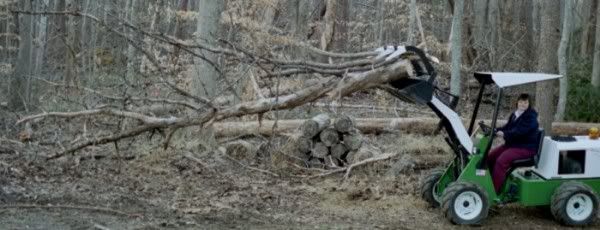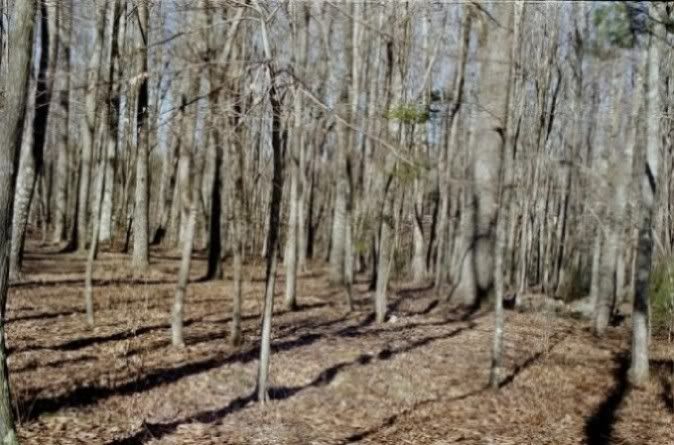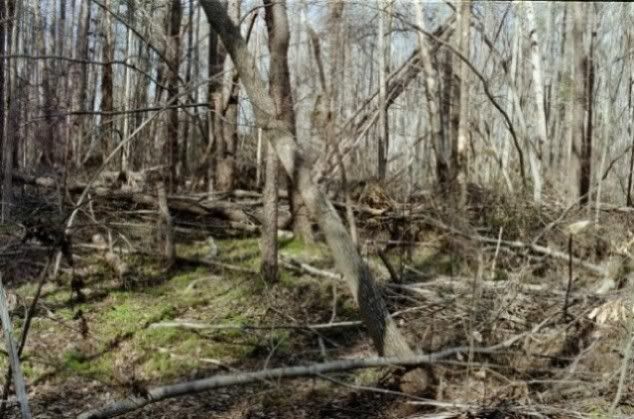My advice is to do a small section at a time! That way you will soon see the results, and be encouraged to get another section done. If you do some here and some there, you'll think that you are not making any progress, or that it is just too big a job for you.
Only work at it when you really want to! You don't want it to become a job! Keep it fun!
First, check for holes, big rocks, stumps, or anything else that could damage you or the PT.
Next, clean up anything on the ground, such as logs, big branches, or vines. Several small brush, or log, piles are easier to deal with than a huge pile. Don't mix brush and logs together in the same pile, unless it is the Burn Pile a your burn site. Establish piles near, but not at, the burn site.
Find a safe, close, but out of the way burn site. Burn after a rain. Have a hose and rake available. Burn well away from living trees which can be killed just by the radiant heat of your fire even if they don't show any visible damage. A large fire is needed to consume large logs, green branches, or rotting wood. The Grapple Bucket works great for consolidating the burning pile, and adding fuel, but move in fast, do the job, and back off. Once you start to burn, keep going. The burning coals produce a lot of heat, and with that heat anything will burn, even huge wet rotten logs. A small fresh fire is worthless except to burn small dry brush.
If I have helpers on foot, I tell them to always keep a large tree between themselves and the PT! Blaze Orange hunting vests make it easier for me to see where they are. Hearing protection, good leather gloves, safety glasses, steel toes, and hardhats are wise additions.
If you safely can, leave some dead trees standing for the Woodpeckers!
When you fell a tree, cut it close to the ground to make stump grinding easier. Mark stumps to be avoided by the PT. Thin, but don't remove all young replacement trees.
MOST IMPORTANT, HAVE FUN!!!
PS: Watch out for this crazy 70 year old on her ATV!!!! /forums/images/graemlins/blush.gif
